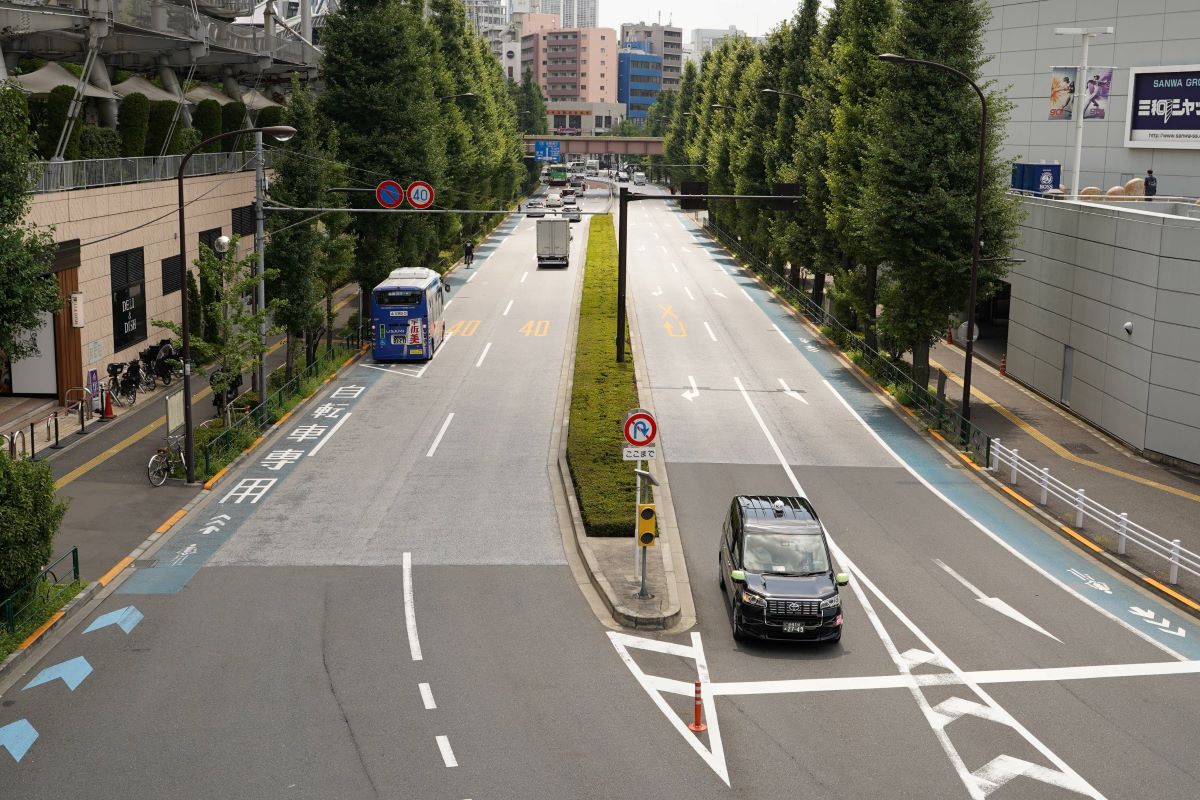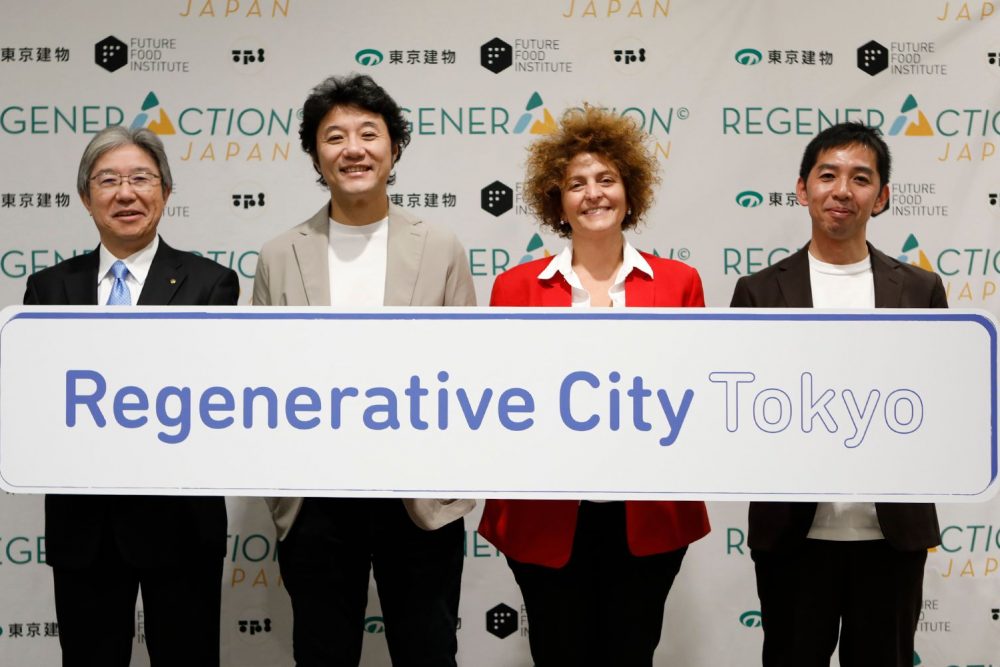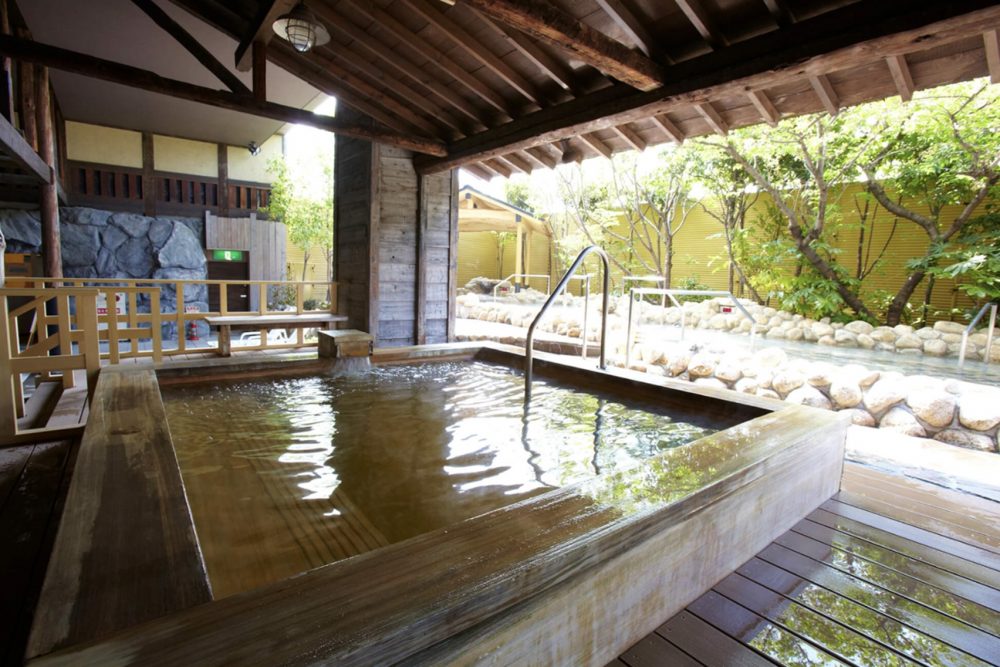Tokyo Introduces Cool Pavements to Combat Heat Island Effect
Cool pavements in Tokyo that reduce road temperatures by up to 10°C are part of the city's effort to curb the heat island effect and lower heatstroke incidents.

このページを 日本語 で読む
The Tokyo Metropolitan Government (TMG) is working to address the heat island effect. As of the end of fiscal year 2023, TMG has laid approximately 190 kilometers of cool pavements – reflective and water retaining pavements that curb road surface temperatures. The plan for 2024 is to apply heat-reducing pavement to an additional 10 kilometers of the city's roads. TMG aims to have a total of 245 kilometers of metropolitan roads paved by 2030.
Curbing Road Surface Temps
These two types of pavements are part of the city's measures to address the heat island effect. TMG began laying them in 2005 mainly in Tokyo's "center core area," or the area inside the Metropolitan Expressway Central Circular Route. The cost of the pavements runs about 30% higher than conventional road cover. But they can reportedly suppress rises in road surface temperature by up to 8 to 10 degrees Celsius.
Here is how they work. The reflective pavement reflects the infrared rays that contribute to the rise in road surface temperatures. The water retaining pavement also suppresses temperature rise. It does so through the evaporation of water retained in the asphalt, resulting in the loss of heat of vaporization. The white pavement also looks cooler compared to conventional pavement.
Statistics from the Tokyo Fire Department show that road surface temperature is a problem for the city. Between May and September 2023, the most common locations for heatstroke-related emergency transports were residences at 39%, followed by roads at 24%. This rate exceeds the national average of about 17% of emergency transports from roads, pointing to the critical need for countermeasures in the city.
A metropolitan official commented, "Although immediate effects from the pavements are not expected, we are doing everything we can within the limited measures available to reduce the occurrence of heatstroke."
このページを 日本語 で読む











